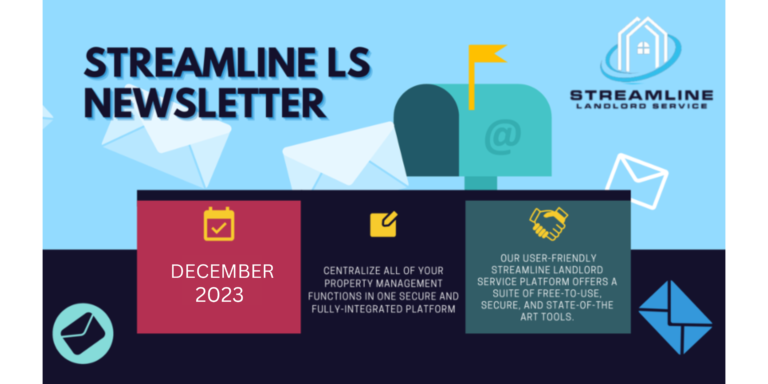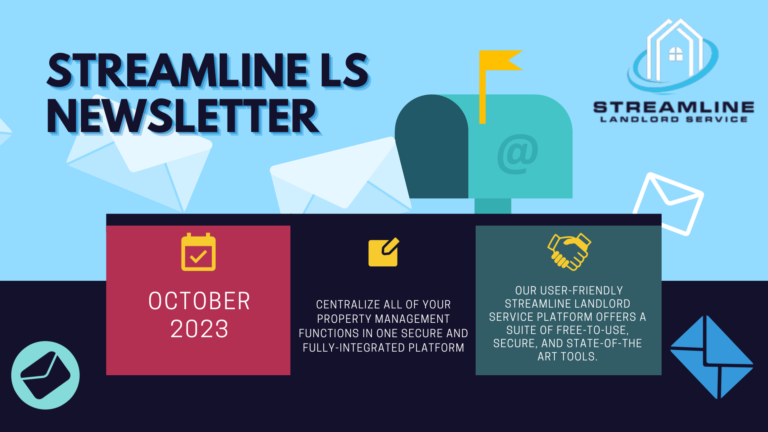As a landlord, there are only a few ways to receive rent payments from your tenants. While it’s possible that you could take cash or post-dated cheques, I’m going to assume that you’re not doing that for security and convenience reasons. That leaves us with e-transfer and PAD (pre-authorized debit).
How E-Transfers Work
You’re probably familiar with how e-transfers work, but if not, here’s a quick summary.
Your tenant would log onto their online banking platform and would initiate a transfer from their account to yours. You would then receive an email or SMS notification, and you could then deposit the money into your bank account.
Because the payment was initiated by the tenant, the settlement happens instantly. Your tenant must remember to do this each time the rent is due, and you will need to check to ensure that all payments were made. If a tenant forgot, you’ll have to reach out to remind them.
This system is okay for one or two units, but quickly becomes unmanageable as you grow. The other issue is, you’re still spending your time and energy to watch for the e-transfers as opposed to having this step happen automatically with PAD.
How Pre-Authorized Debit (PAD) Works
As the name suggests, pre-authorized debit is where your tenant gives you permission to withdraw money directly from their bank account for the rent payments. Because these transactions are initiated by you, the landlord, there is a 5 business-day processing period between when the funds are withdrawn and when they are available in your account.
In addition to the processing time, there are consumer protections to protect the tenant, to ensure that you didn’t make any withdrawals that were either for the wrong amount or were not agreed to in the contract. Typically, the tenant would have 90 days to make this complaint, but there would be some sort of burden of proof that would need to be offered.
As a landlord, it is your responsibility to ensure that you are complying with the law.
Differences Between E-Transfer and PAD
The main advantage that e-transfer has over PAD is the instant availability of funds. This is because the transaction is finalized as soon as it is sent. And this is because the tenant initiated the transaction, not you, the landlord.
It may seem like e-transfer is faster. While it is true that the funds are available sooner, you’re still only getting paid once per month. And it is the frequency of how often you’re paid which is important, not the processing time. It’s much better to have a system to automatically take care of payment and have the processing time, than to have a manual process from both the tenant and the landlord each time the 1st of the month comes around.
If you’re worried about the 90-day period, that means that you’re worried about your tenant simply not paying the rent that they agreed to. Unfortunately, there is no payment method that is a silver bullet for this. Rather, you protect against this with proper tenant screening processes. We’ll cover this in another post.
Why PAD is the Best Method
- A rental property is a business. And you need to treat it like one. Having automatic payments set up means that you’re not chasing tenants for rent each month or watching to ensure e-transfers were sent. This takes up more mental head space than it ought to.
- Having systems set up for your payments, maintenance requests, lease renewals, etc. will set you up for success as you grow from one rental property to many. You’ll be able to handle a lot more before you need a property manager, and that puts more money into your pocket.
- A rental property will become more sellable and valuable if you can offer a turnkey investment to an incoming investor. An investor doesn’t want to clean up a mess. They want to take over a well running operation. Again, having a system for everything, including automatic payments is part of this equation.
The bottom line is, if you want to operate your rental properties efficiently, add value to them, and reduce the amount of time you spend “working” on them each month, then PAD needs to be part of that system. There’s a reason why commercial rental companies use this. And for the same reasons, you should too.
Don’t get fooled thinking that e-transfer is faster, just because funds are available sooner. You still only get paid once per month.
The good news is that it’s really easy to get up and running with PAD. Our tools are being used by solo landlords and property managers. There’s no minimum size to start setting up systems for your business. Our platform was built to help you with all of this.

